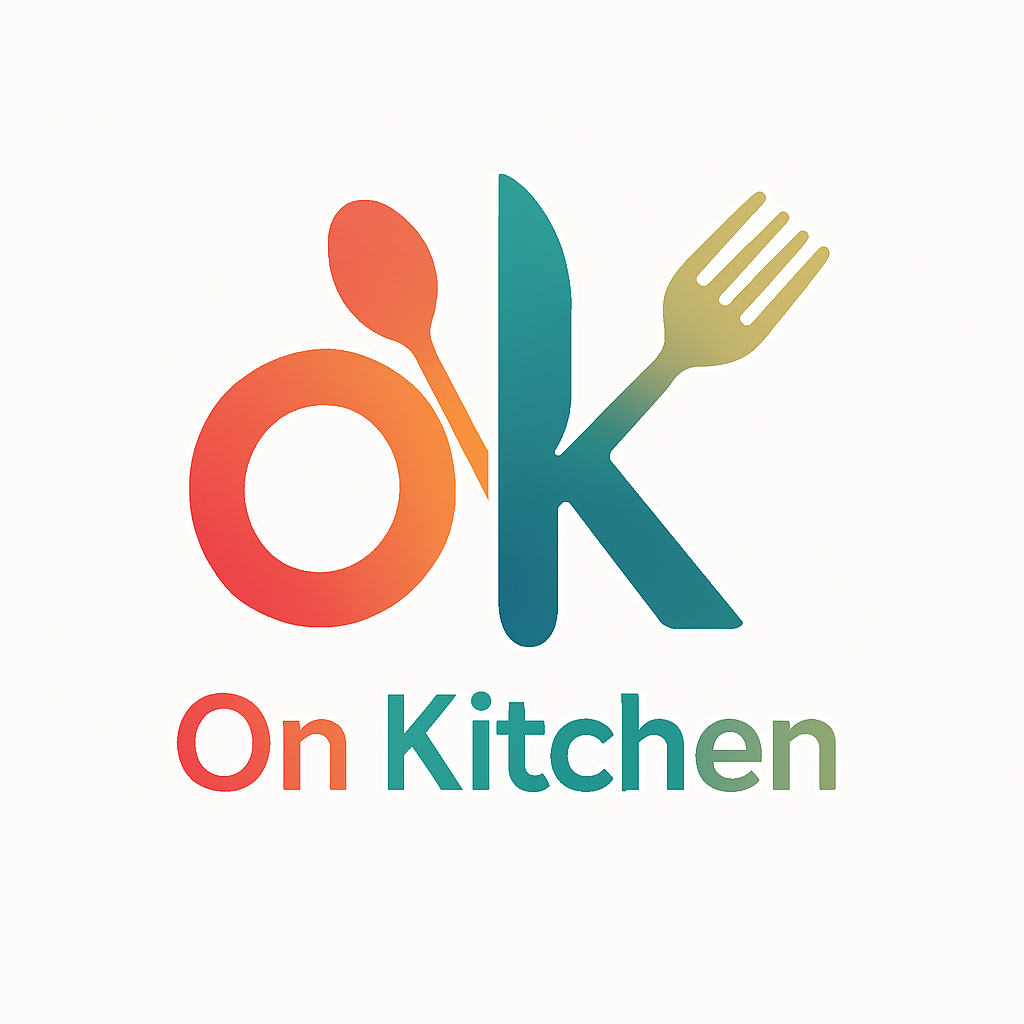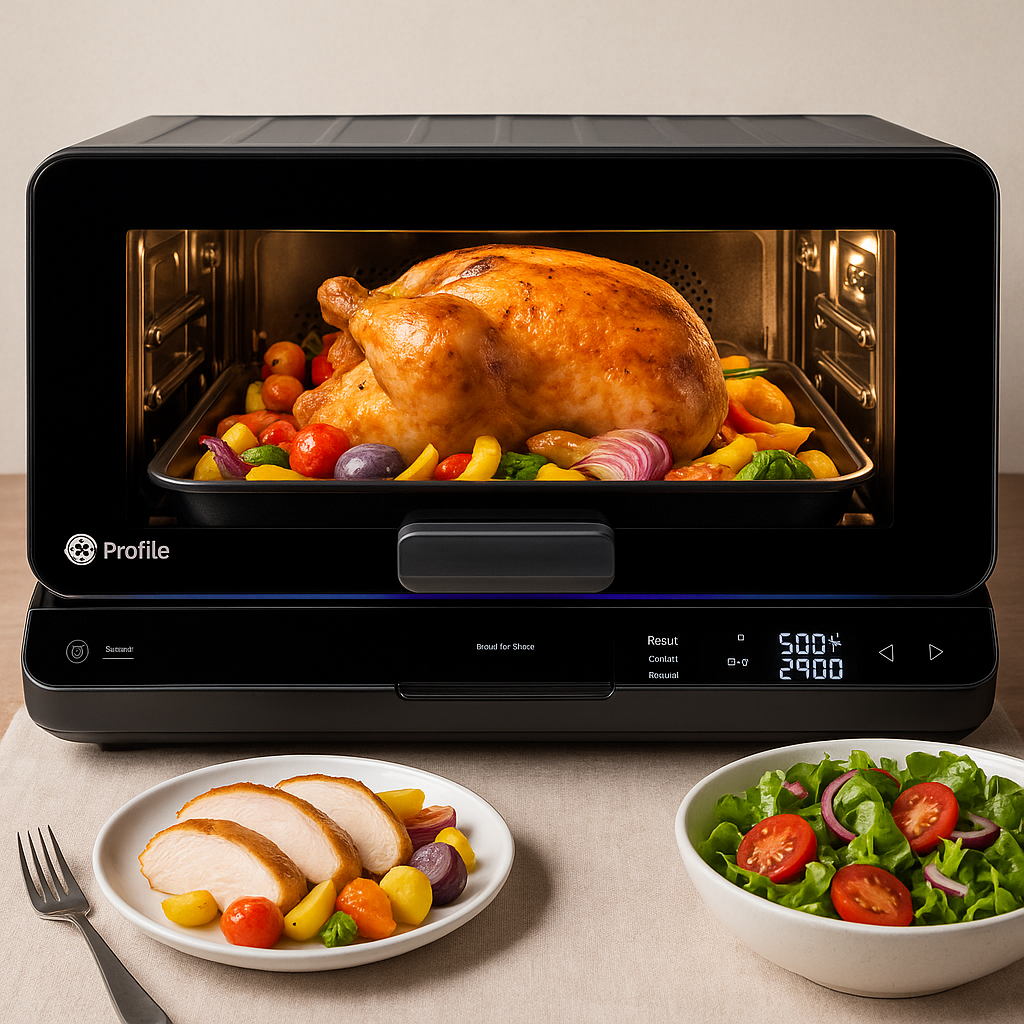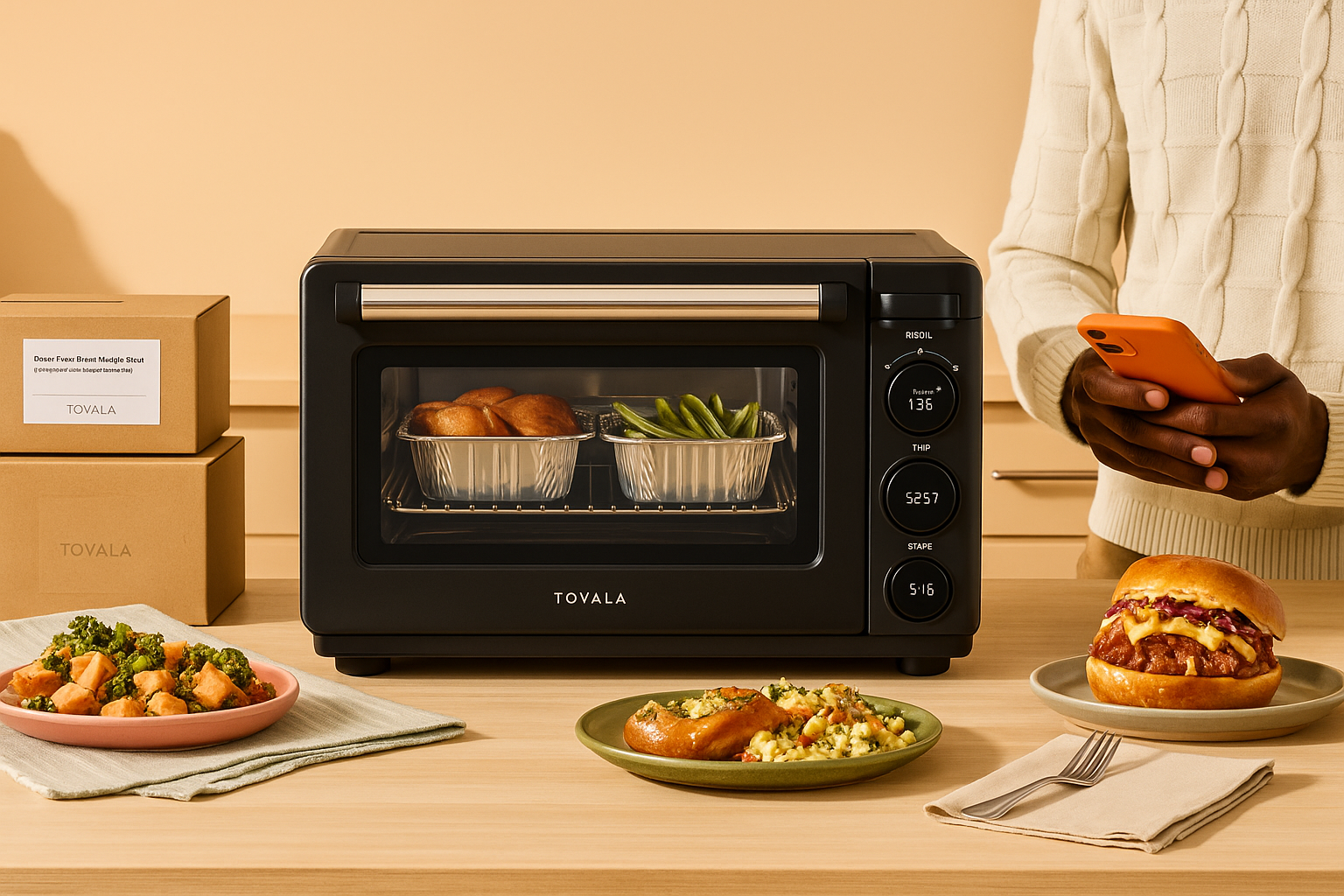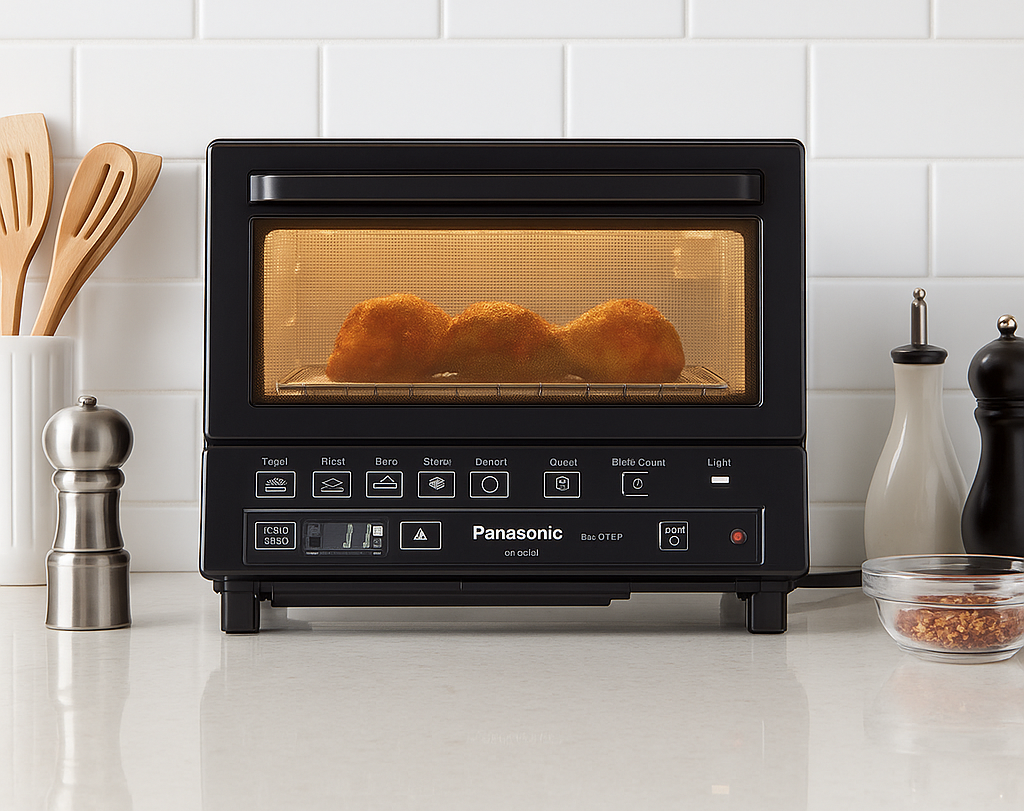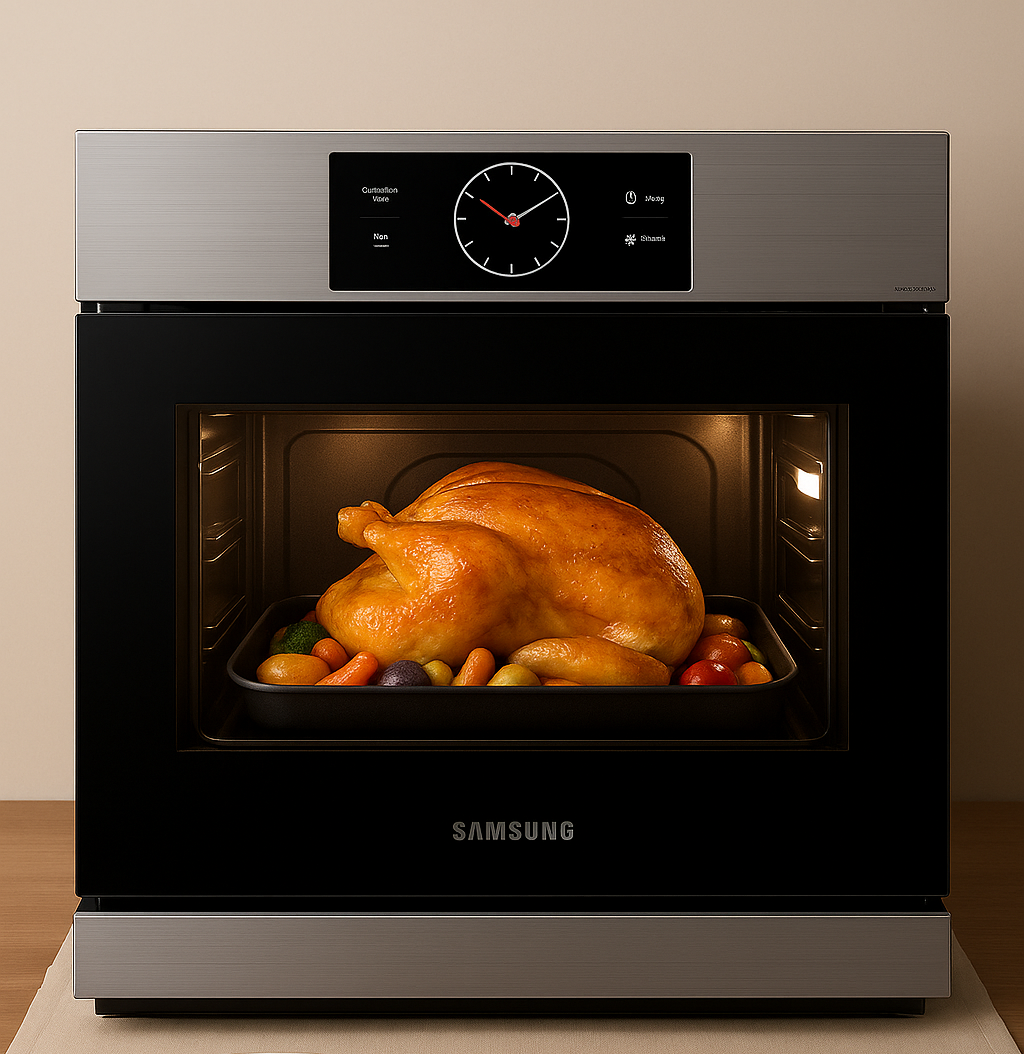
A Friendly Guide to Choosing and Caring for Your Kitchen Bakeware
In a nutshell, bakeware comes in a variety of materials, such as aluminum and stainless steel pans for quick, even heating; ceramic and glass for gentle, uniform warmth; and silicone for flexibility and easy release. You’ll find everything from half-sheet pans and muffin tins to loaf pans, cake pans, pie plates, and specialty molds. When choosing, think about conductivity (how fast and evenly it heats), durability, nonstick properties, and whether you need induction compatibility. Proper care, gentle washing, avoiding abrasive tools, and mindful dishwasher use will keep your bakeware performing beautifully for years. Brands like Nordic Ware, USA Pan, Emile Henry, and Williams-Sonoma offer stellar options across budgets and styles.
Materials: The Foundation of Good Bakeware
Metal: Aluminum & Steel
Aluminum bakeware is prized for its rapid, even heat conduction, ensuring golden edges and thoroughly cooked centers every time. Heavy-gauge stainless steel or steel‐core aluminum pans offer strength and warp resistance, making them long-lasting kitchen workhorses.
Ceramic & Glass
Ceramic bakeware, like Emile Henry’s Burgundy ceramic line, retains and disperses heat evenly, producing consistent bakes and attractive browning. Glass dishes such as Pyrex offer excellent visibility to monitor doneness, though they heat more slowly and can break under sudden temperature shifts.
Silicone
Silicone bakeware is naturally nonstick and flexible, making unmolding muffins and cakes a breeze. It’s oven-safe to around 428°F (220°C) but doesn’t brown as well and can lose shape over time if of lower quality.
Types of Bakeware: A Shape for Every Treat
- Half-Sheet Pans: Ideal for cookies, roasted veggies, and sheet cakes. Nordic Ware’s Natural Aluminum Commercial Baker’s Half-Sheet is widely regarded as the gold standard for even baking and durability.
- Cake Pans: Round, square, or specialty shapes Nordic Ware’s Natural Aluminum Commercial Round Layer Cake Pan delivers consistently tall, evenly browned cakes.
- Loaf Pans: Perfect for quick breads and meatloaves; look for heavy-gauge aluminum or nonstick coatings for easy release.
- Muffin & Cupcake Tins: Heavy-gauge steel tins prevent hotspots; our top picks excel in ease of cleaning and durability.
- Pie Plates & Tart Pans: Ceramic, glass, or metal with removable bottoms choose based on whether you prioritize aesthetic presentation or precise heat control.
Choosing the Right Bakeware: Key Considerations
- Heat Conductivity: Aluminum and copper conduct heat best; ceramic and glass heat slower but retain warmth.
- Durability & Warp Resistance: Heavy-gauge metals resist bending; tempered glass and glazed ceramics resist chipping when handled properly.
- Nonstick vs. Natural Finish: Nonstick coatings aid release but can degrade; uncoated aluminum develops a natural patina with seasoning.
- Induction Compatibility: Standard aluminum and glass aren’t induction ready unless bonded with a magnetic steel disc check manufacturer specs if you bake atop an induction range.
- Aesthetic & Presentation: Colorful ceramic and enameled cast iron double as attractive serving dishes.
Care & Maintenance: Keeping Your Bakeware in Top Shape
- Initial Prep: Always wash new bakeware in warm, soapy water to remove manufacturing residues.
- Handwashing: To prolong nonstick coatings, clean with soft sponges; avoid abrasive pads.
- Dishwasher Caution: Silicone and some nonstick items fare better on the top rack or by handwashing to prevent warping and detergent damage.
- Seasoning: Uncoated carbon-steel or aluminum pans benefit from occasional oil seasoning to maintain a natural nonstick surface.
- Storage: Stack with protective liners or hang sheet pans to prevent scratches and nicks.
Top Brands & Our Recommendations
- Nordic Ware: Renowned for heavyweight aluminum pans half-sheets, cake pans, Bundt molds delivering even bakes and lasting performance.
- USA Pan: Made in the USA, these steel-core pans feature a nonstick silicone coating that resists scratching and promotes quick release.
- Emile Henry: High-quality ceramic bakeware available in stylish colors, ideal for casseroles and pies that go straight from oven to table.
- Williams-Sonoma & Fat Daddio’s: Excellent specialty pans springform, loaf, and tart pans with robust construction and easy release.
Conclusion
Investing in the right bakeware transforms your kitchen adventures yielding more consistent results, easier cleanup, and longer-lasting tools. Whether you’re a casual cookie baker or tackling elaborate layer cakes, there’s a perfect pan or dish for every task. Keep material properties, pan shape, and care requirements in mind, and you’ll be well on your way to delicious bakes and a happy oven!
